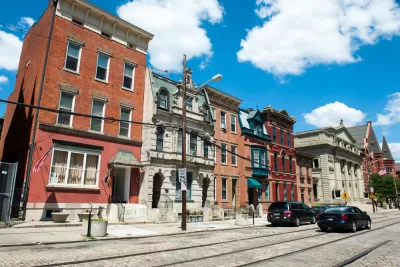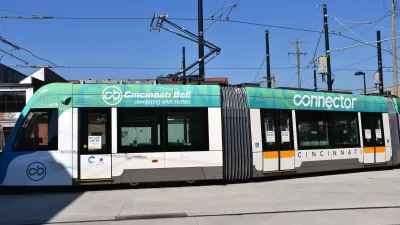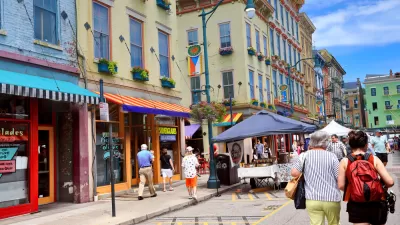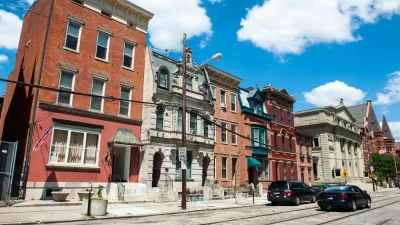A Cincinnati neighborhood once described by Reason magazine as "ground zero in inner-city decline" has recovered to the tune of $500 million in investments over the past decade.

"Washington Park has undergone an $8 million renovation, but that represents a minor facelift compared to what’s been going on in the rest of the neighborhood," according to Alan Greenblatt, adding, "Cincinnati’s Over-the-Rhine section, which lies directly north of the city’s downtown, has seen a half-billion dollars’ worth of investment over the past decade, resulting in one of the most remarkable urban transformations of recent times."
The population decline that most people associate with Cincinnati, however, means that gentrification concerns haven't corresponded to the neighborhoods ascendance. "We were able to do this because everything was boarded up and hardly anyone was living there,” says City Councilman Chris Seelbach in the article. Moreover, explains Greenblatt, "[instead] of being seen as a boondoggle only helping out one part of the city, the neighborhood is now viewed as an asset that’s helping the whole city to change both its image and its fortunes."
There is reason o believe that the neighborhood's momentum will continue, according to Greenblatt, who cites the city's new streetcar line and plenty of remaining opportunities for redevelopment. The article provides a lot more details about the evolution of the neighborhood, including the role of the Cincinnati Center City Development Corp. (3CDC) in the recovery.
FULL STORY: From Vacant to Vibrant: Cincinnati’s Urban Transformation

Planetizen Federal Action Tracker
A weekly monitor of how Trump’s orders and actions are impacting planners and planning in America.

Maui's Vacation Rental Debate Turns Ugly
Verbal attacks, misinformation campaigns and fistfights plague a high-stakes debate to convert thousands of vacation rentals into long-term housing.

Restaurant Patios Were a Pandemic Win — Why Were They so Hard to Keep?
Social distancing requirements and changes in travel patterns prompted cities to pilot new uses for street and sidewalk space. Then it got complicated.

In California Battle of Housing vs. Environment, Housing Just Won
A new state law significantly limits the power of CEQA, an environmental review law that served as a powerful tool for blocking new development.

Boulder Eliminates Parking Minimums Citywide
Officials estimate the cost of building a single underground parking space at up to $100,000.

Orange County, Florida Adopts Largest US “Sprawl Repair” Code
The ‘Orange Code’ seeks to rectify decades of sprawl-inducing, car-oriented development.
Urban Design for Planners 1: Software Tools
This six-course series explores essential urban design concepts using open source software and equips planners with the tools they need to participate fully in the urban design process.
Planning for Universal Design
Learn the tools for implementing Universal Design in planning regulations.
Heyer Gruel & Associates PA
JM Goldson LLC
Custer County Colorado
City of Camden Redevelopment Agency
City of Astoria
Transportation Research & Education Center (TREC) at Portland State University
Jefferson Parish Government
Camden Redevelopment Agency
City of Claremont





























